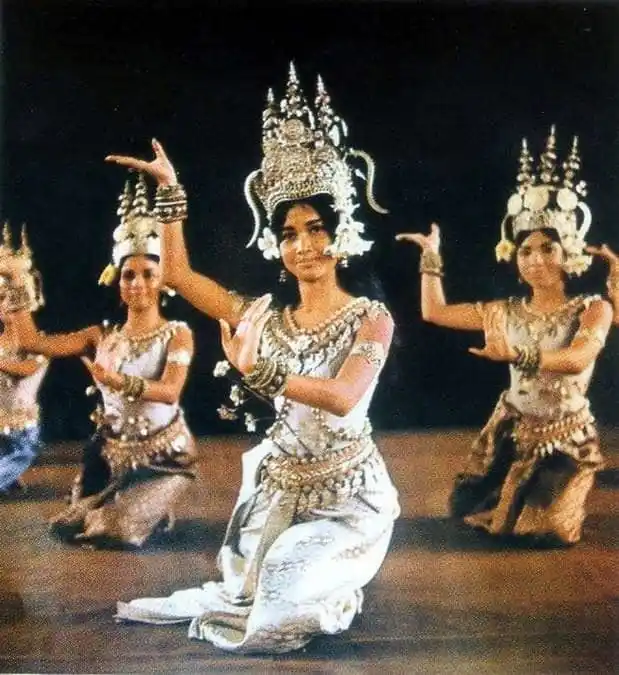Cambodia is an ancient country full of beautiful cultures and structures, so many that there are countless of them. Some are so magnificent they have been inscribed on the World Heritage List for future conservation and protection. We are going to take a look at 8 of Cambodia’s World Heritages today, both intangible and tangible. Thanks to UNESCO, these amazing pieces will be protected for present and future generations.
Angkor Wat Temple
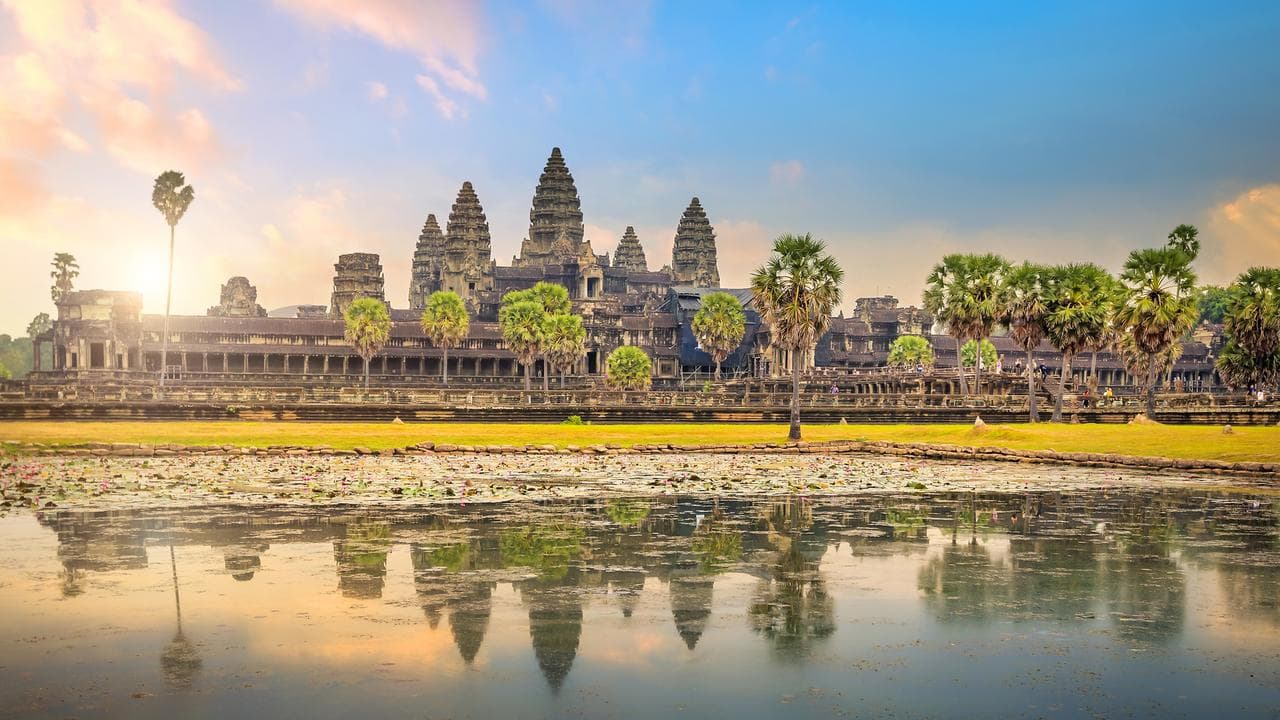
Title: Intangible Culture Heritage
When: 14th December, 1992
Angkor Wat is the most famous ancient temple in Cambodia, and it is also on this country’s national flag. This magnificent temple covers around 2 square kilometers, and there are 3 levels in total. The most beautiful part about this UNESCO World Heritage site is the spectacular carvings on the wall of the temple itself. There are stories about war, daily life, and many other aspects of people during the blissful Angkor Era. On top of that, there are carvings of almost 2,000 Apsaras (celestial dancers), and no two Apsaras look the same.
Watching the sunrise at Angkor Wat is a magical moment, and the most popular location is the northern reflecting pool. It is where you can take beautiful photos of the temple and the sunrise at its best. And if you want to see the overview of Angkor Wat temple, Bakheng Hill is where you should look from.
Royal Ballet
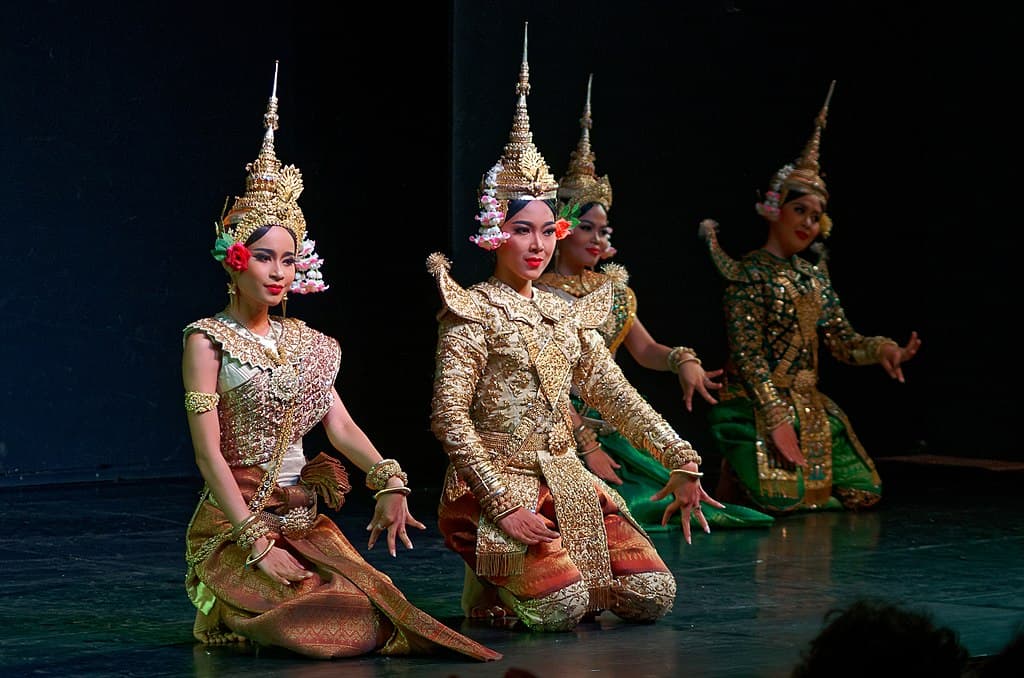
Title: Intangible Cultural Heritage of Humanity
When: 7th November, 2003
The combination of graceful hand gestures and movements with stunning costumes, Cambodia’s Royal Ballet is well-deserved to be a cultural heritage. The Royal Ballet has been closely associated with the Khmer court for over a millennium. Performances are exclusive during royal ceremonies for the monarchs on occasions such as coronations, national holidays, and so on. The Royal Ballet has a sacred and symbolic role that displays traditional values of refinement, respect, and spirituality. This dance is so elegant and graceful that it is only allowed in big ceremonies and events.
Each Royal Ballet dancer goes through years of intensive training to deliver the most perfect performances. From the emotions and gestures to the poses, everything has to be perfect. Being a cultural heritage of humanity is a way to save the Royal Ballet from annihilation amidst the rise of modern media.
Lakhoan Sromaol Sbaek Thom (Khmer Shadow Theater)
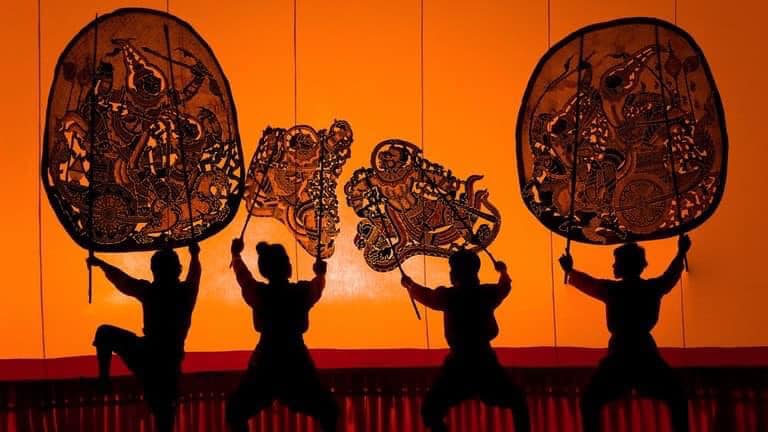
Title: Intangible Cultural Heritage of Humanity
When 25th November, 2005
Extremely artistic, creative, and interesting, Sbaek Thom has been since before the Angkorian period. This shadow show is sacred, and the performances could only take place on specific occasions a few times a year. However, the popularity allows Sbaek Thom to be common during Khmer New Year, King’s Birthday, and other occasions countrywide.
Each puppet is carefully made from a single piece of leather (buffalo/cow skin) to maintain its durability and quality. Handmade and carved, the artisan draws the desired figure on the tanned hide before cutting and painting it. The final piece will be attached to two bamboo sticks so that the dancer can control the puppet.
Traditionally, the performance takes place at night outdoors where a large white backdrop stands in front of a large fire that functions as a screen. The dancers stand behind the screen and begin their performances with narrators and an orchestra. Some shows are comedies while others tell history and legends, and they are all very enjoyable to watch.
Preah Vihear Temple
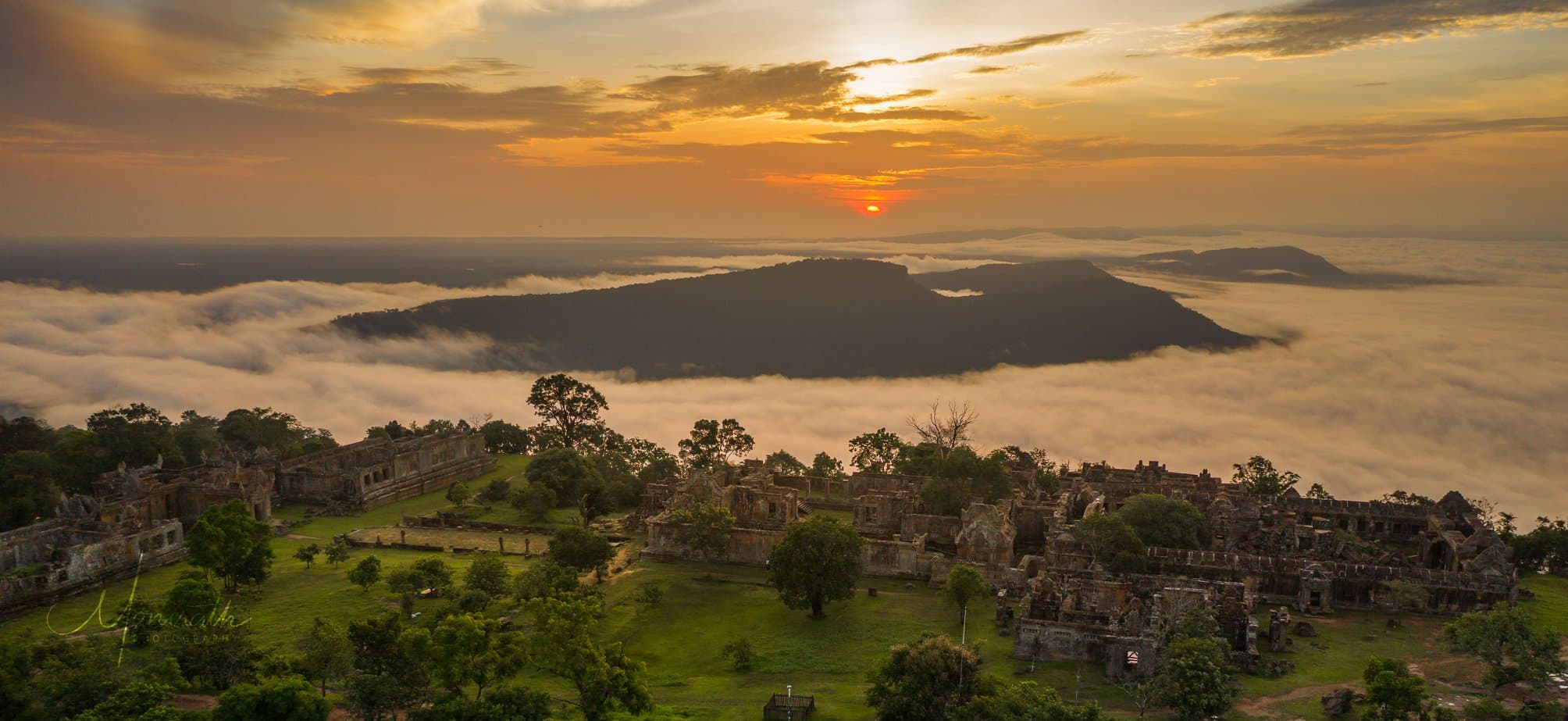
Title: World Heritage Site
When: 7thh July, 2008
Standing on Poy Tadi which is a steep cliff, Preah Vihear Temple is one of the masterpieces of Khmer architecture. This temple is dedicated to Shiva, and the quality of the architecture so high in the mountain makes it extremely impressive. The unique complex of a series of sanctuaries is linked by a system of pavements and staircases on an 800 meters long axis. There are 163 steps made with large stone slabs, many of which are cut directly into the rock surface. These stairs are not only impressive but also challenging as it symbolizes the path of faith required to approach the gods’ world.
Not different from some ancient temples in Cambodia, Preah Vihear Temple also has several inscriptions in Sanskrit and Khmer. So interesting and beautiful, this temple is so worth the trip to visit. The best season to go up there is between October and February as the weather is not too hot.
Tug-Of-War Game
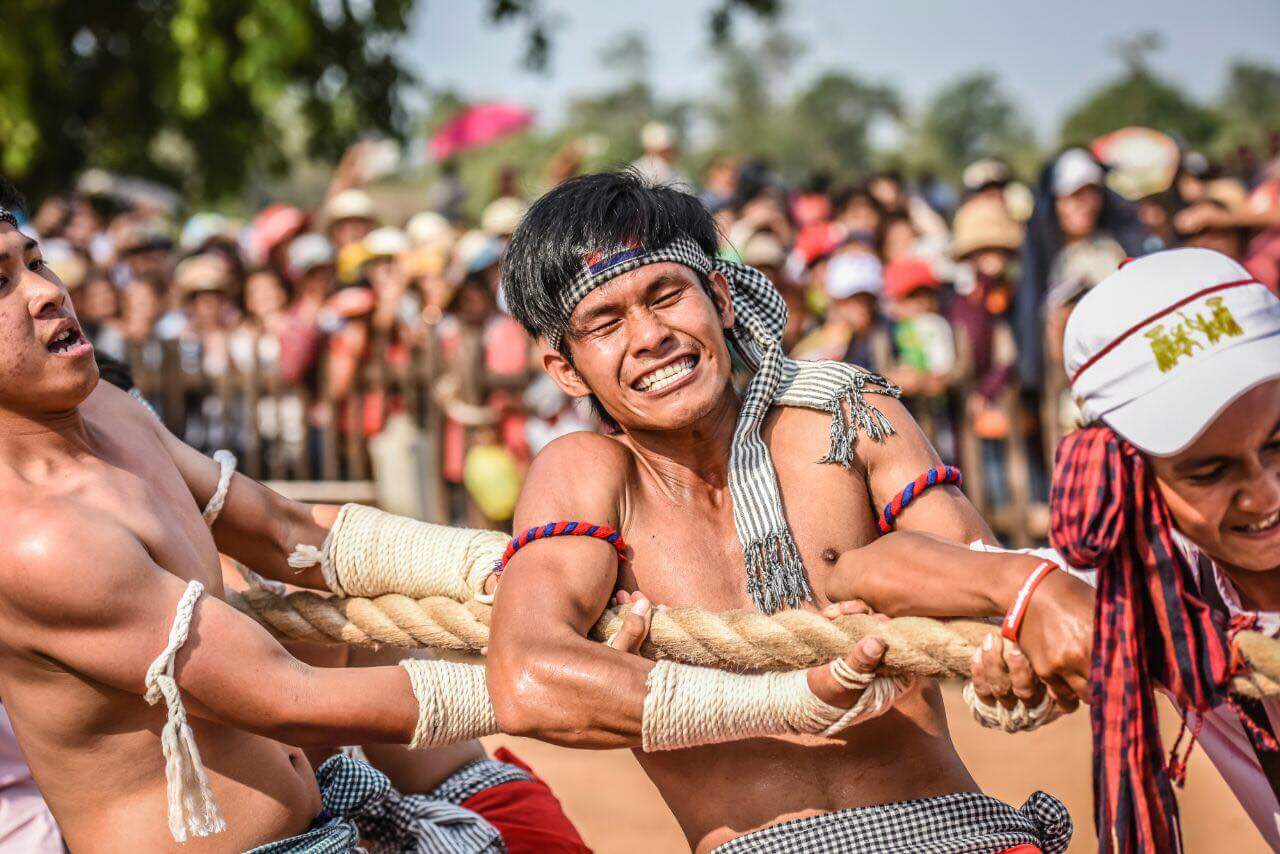
Title: Intangible Cultural Heritage of Humanity
When: 2nd December, 2015
We all know tug-of-war, and this game is extremely popular among Cambodian people during Khmer New Year. To Cambodia, tug-of-war has a precious cultural wealth of the nation. Teanh Proit or tug-of-war was placed on UNESCO’s List of Cultural Heritage of Humanity. Four countries requested the placement as they share the tradition, and those countries as Cambodia, the Philippines, South Korea, and Vietnam.
Chapei Dorng Veng (Long Neck Lute)
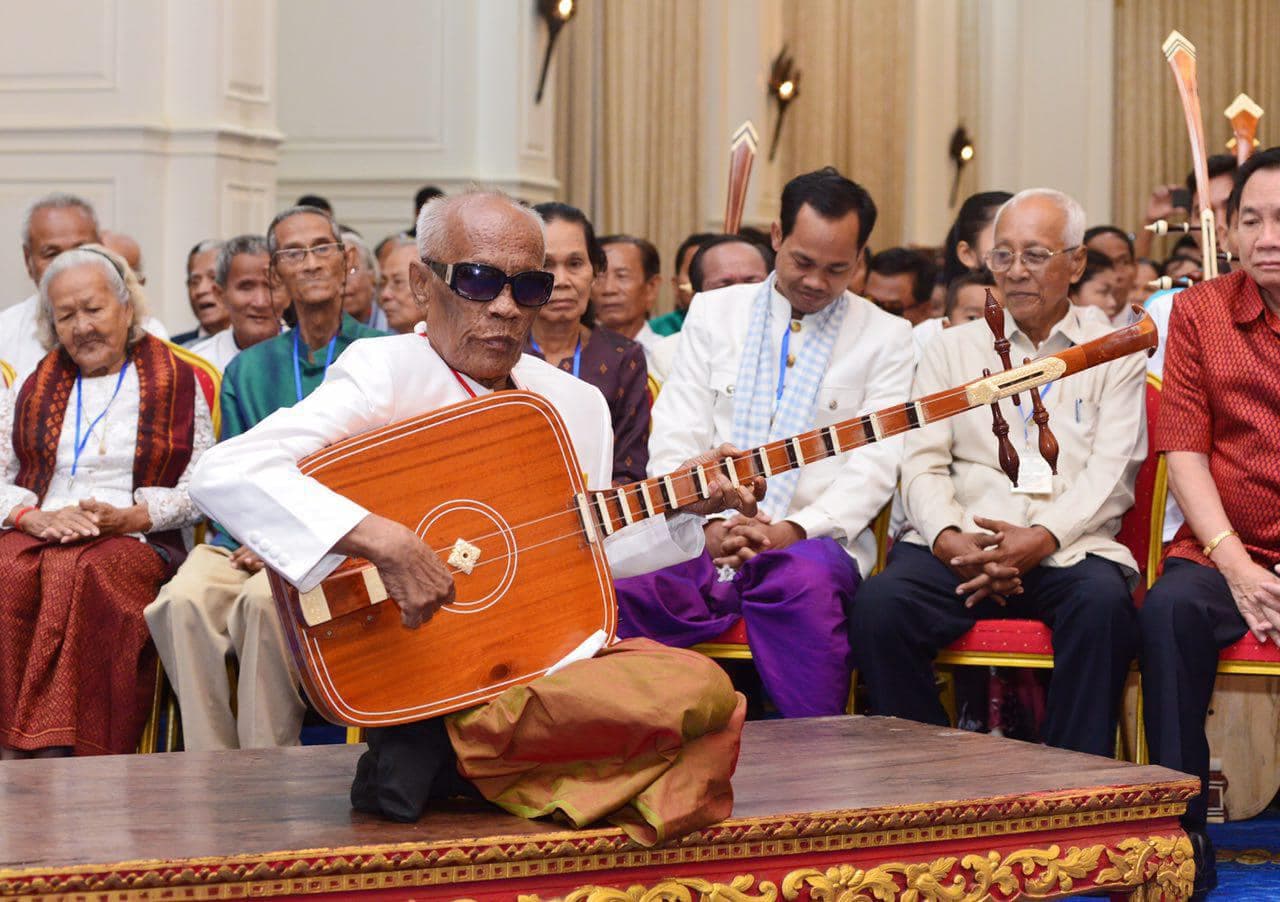
Title: Intangible Cultural Heritage
When: 30th November, 2016
Chapei Dorng Veng is a traditional Cambodian musical instrument that takes a musician years to master. Simply, not because of learning how to play it alone but also the wit to sing and create new lyrics. It is a two-stringed guitar with a long neck, and you will not mistake it for something else. Players usually sing with catchy and funny tunes, sometimes quite cheeky depending on what they sing about. It could be educational, and it could be about telling a story or folktale, and more. Sometimes it is not even prepared in advance, and this is how Chapei Dorng Veng is so fascinating and enjoyable.
With the mention of Chapei Dorng Veng, Master Kong Nai is the first person who comes into Cambodian people’s minds. He has both his musical talent and wit, and his performances are always very mesmerizing. Most Chapei Dorng Veng performers are generally male, but there are no restrictions on gender of the player. This cultural heritage is in need of urgent safeguarding because not a lot of people know how to play it. Chapei Dorng Veng now faces the prospect of tradition that could potentially disappear.
Sombo Prey Kuk Temple
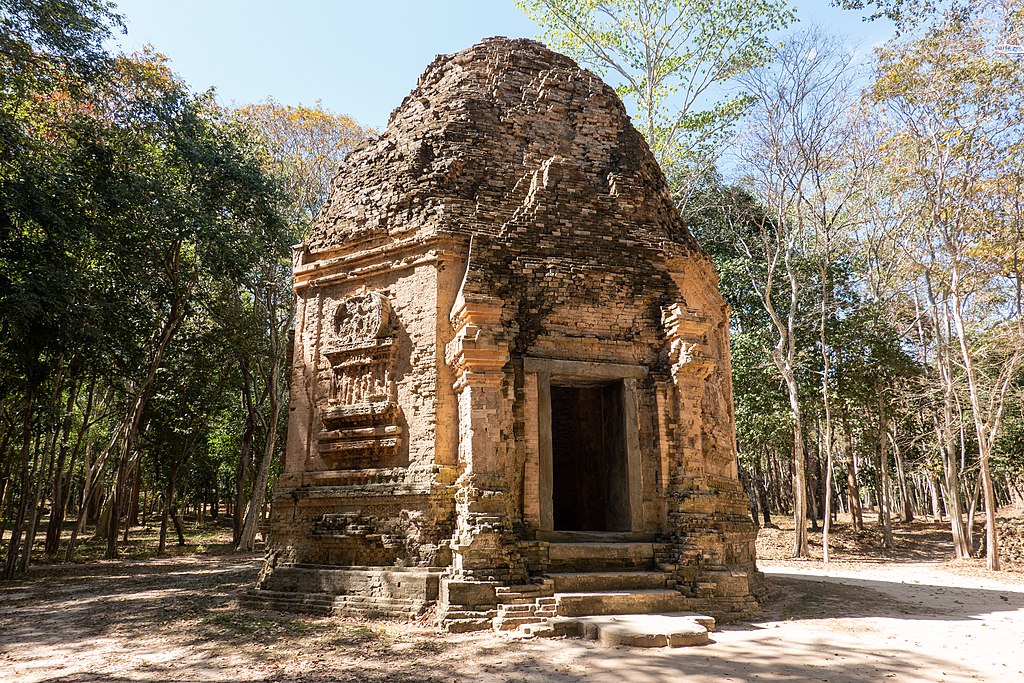
Title: World Heritage Site
When: 8th July, 2017
Built by King Isanavarman I, Sombo Prey Kuk Temple dated back to the Chenla Empire in the 7th century. Sombo Prey Kuk Temple means “The temples in the richness of the forest”, and there couldn’t be a more perfect name. Sombo Prey Kuk is a group of ancient temple ruins scattered within a shady forest, around 140 have been discovered. The construction of each temple consists of laterite, sandstone, and solid brick. Over 50 temples are in recognizable condition while the other 50 are buried in the ground.
The beauty of the temples lies in the enigmatic carvings that appear to depict foreign visitors to the royal court. This is why it is among the most attractive sites for both Cambodian and foreign visitors. The temple holds beautiful and rich cultures surrounded by a peaceful atmosphere and big trees.
Lakhon Khol Wat Svay Andet
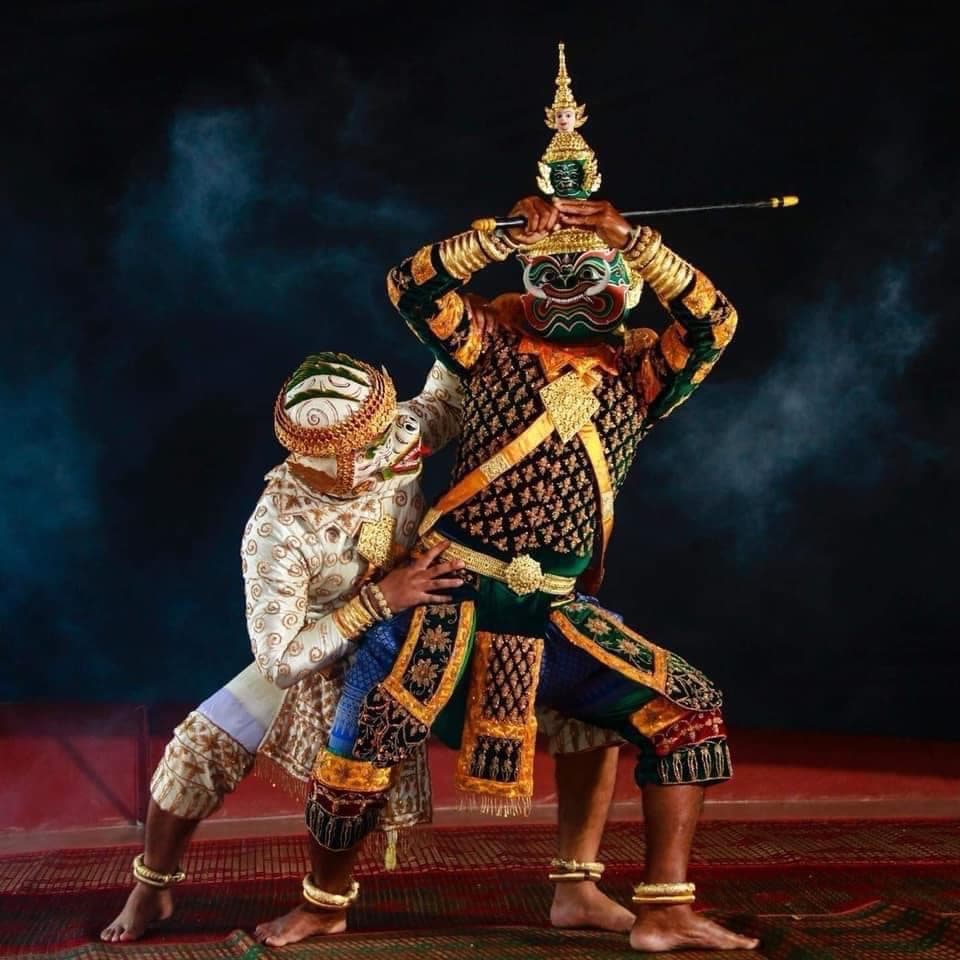
Title: Intangible Cultural Heritage
When: 28th November, 2018
While Lakhoan Sromaol Sbaek Thom uses leather puppets, Lakhon Khol Svay Andet is performed by men wearing masks. The purpose of this performance is to propitiate Neak Ta (guardian spirits) to protect and bring prosperity to the community. With ritual purposes, Lakhon Khol Svay Andet helps farming communities to achieve successful farming and harvesting.
During the performance, there are spirit mediums to facilitate interactions between Neak Ta, performers, and the villagers. When Neak Ta are satisfied with the performance, the villagers will receive blessings and protection. In case things go oppositely, the dancers will stop but the music will continue as everyone pays attention to the mediums. The spirits will speak through the mediums, giving orders on what the villagers will have to do to receive blessings.
The origin of Lakhon Khol itself began in the early Angkor Ear, in accordance with bas-reliefs on Angkor Wat walls. Besides the spiritual purposes, there is only one story that is specifically performed by Lakhon Khol which is Reamke. Reamke is the Khmer version of the Ramayana which is an ancient Indian epic poem.
Related Post: Cambodia’s Guinness World Records
